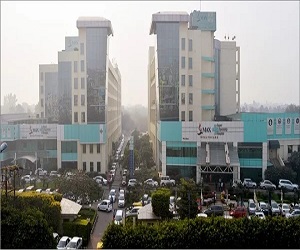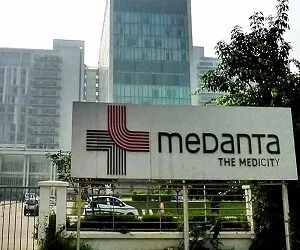Lung cancer involves the rapid proliferation of malignant cells within the lungs, particularly along the air passage linings, and is a leading cause of death among both men and women. It is primarily categorized into two types: small cell lung cancers (SCLC) and non-small cell lung cancers (NSCLC), with NSCLC being more prevalent. Treatment approaches differ based on the type of lung cancer. Given the high cost of lung cancer treatment in India, it is crucial to explore the best available options. However, understanding the disease, recognizing its symptoms, and being aware of potential treatment methods are essential first steps.
Major Causes of Lung Cancer
While lung cancer can affect anyone, certain activities or factors increase the risk of developing the disease.
- Smoking: Approximately 90% of lung cancer cases in men and 80% in women are attributed to tobacco smoking. Regular smoking combined with drinking further amplifies the risk of developing lung cancer. Even if you have quit smoking, your risk remains higher than that of a non-smoker, though it is lower than that of someone who continues to smoke.
- Second-hand Smoke: Unsurprisingly, with numerous smokers around, secondhand smoke is the second most common cause of lung cancer. This includes both the smoke emitted from a burning cigarette and the smoke exhaled by a smoker, both of which introduce harmful irritants into your system.
- Past occurrences in the family.
- Regular exposure to irritants such as arsenic, nickel, chromium, beryllium, asbestos, soot, and tar in workplaces or otherwise.
- Exposure to radiation from sources such as radiation therapy, medical imaging tests like CT scans, and radon in homes and workplaces also elevates the risk of lung cancer.
- Air pollution.
- HIV infection.
Symptoms of Lung Cancer
- Chest pain.
- Chronic coughing.
- Troubled breathing.
- Bloody sputum.
- Hoarse throat.
- Unnatural weight loss.
- Troubled swallowing.
- Swollen face or swollen veins in the neck.
Diagnosis of Lung cancer
Medical practitioners use various tools to detect the presence of lung cancer in the body.
- Ask about your medical history and symptoms along with your family history.
- Physical examinations.
- Imaging of the chest through X-rays or CT scans.
- Laboratory tests such as testing the blood in your sputum.
- Biopsy of lungs.
Once lung cancer is diagnosed, additional tests are performed to assess its spread throughout the lungs and the body. This process, known as staging, helps determine the severity of the cancer. Understanding the type and stage of cancer enables the practitioner to decide on the most appropriate treatment plan.
Line of Treatment
Depending on the type and stage of cancer, you may be recommended one or multiple forms of treatment. For most patients, current treatments do not completely cure cancer but can help control its progression.
For Small Cell Lung Cancer (SCLC), preferred methods of treatment include surgery, chemotherapy, radiation therapy, immunotherapy, laser therapy, and endoscopic stent placement.
In addition to the mentioned techniques, targeted therapy utilizing drugs, cryosurgery, photodynamic therapy, and electrocautery treatments are employed for treating Non-Small Cell Lung Cancer (NSCLC).
Stay Days in Hospital
The amount of time you would have to spend in the hospital could range from a few days to several weeks.
Lungs Cancer Treatment cost in India are as follow
| Treatment | Cost in USD | Stay in Hospital |
| Lungs Cancer Treatment | 4500-5600 | 5-7 Days |
| Colon Cancer Treatment | 4500-5100 | 4-5 Days |
| Esophageal Cancer Treatment | 2700-4600 | 5-7 Days |
| Mouth Cancer Treatment | 2200-2800 | 15-20 Days |
| Prostate Cancer Treatment | 3700-4600 | 3-4 Days |













